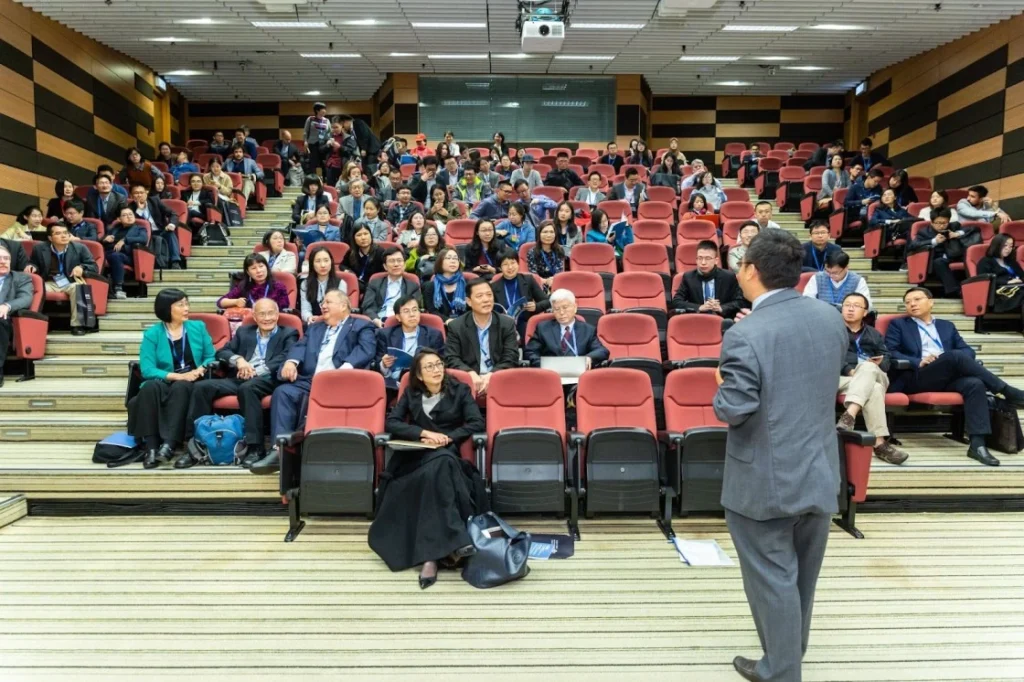Teachers play a pivotal role in the holistic shaping and development of an individual right from preschool to the university level and beyond. With teachers, the future of a nation is set to be as bright as a morning star. However, globally, there has been an overwhelming surge in the shortage of teachers across schools which has led to a myriad of issues.
In the last decade, it has appeared that most high school leavers opt to study other majors: engineering, humanities, psychology, and science majors among others with no interest in enrolling in a teaching major. Teachers, likewise, are switching jobs more rapidly than ever.
Notwithstanding, this article will discuss and address proactive measures such as enrolling in a Master’s in Educational Leadership, and current strategies adopted by nations that would be of benefit to existing and aspiring teachers alike which would buttress a positive shift in the number of teacher shortages.
Why the Shortage of Teachers?
With no doubt, being a teacher is a heroic career. In the same vein, it does require tenacity, vigour, and an unmatched interest to carry on. Yet, the current state of the art in teaching is worth scrutinising.
The job of a teacher is heterogeneous, seeing as it is a basic prerequisite to teach students from their first years to the last and also being a master of all subjects. With this in mind, the majority of people suppose being a teacher is a daunting career pathway. Likewise, existing teachers turn to give up their teaching roles for more homogenous roles such as farming and painting.
Usually, governments do not offer substantial compensation to teachers. Teachers are generally caring and compassionate people, and as such always willing to put in extra hours to ensure that every student is on the same page of understanding.
Owing to COVID-19 and concurrent global conflicts between nations, the cost and standard of living have skyrocketed; the current compensation teachers are receiving is not quite enough to rock shoulders with the current costs associated with living – hence most teachers switching jobs.

How to Mitigate Teacher Shortages?
Governments should have a thorough revision of the current compensation set for teachers. Unequivocally the job of a teacher is not a mere job and as such it merits good and quality compensation comparable to that of engineers or doctors – for without teachers these professions won’t be in existence.
The Australian Strategy
The Department of Education from the Australian Government has put together a National Teacher Workforce Action Plan. This action plan was agreed on the 15th of December 2022 by the Education Ministers mainly to address the pressing issue of teacher workforce shortages. The plan with a goal of increasing the number of people choosing to become teachers and retaining existing teachers is made up of five priority areas.
The first area has a primary objective of increasing the number of people choosing teaching as a career. In this, the Department of Education is looking at creating more teaching places at universities in the right subjects and specialisations, allocating 5,000 scholarships worth up to $40,000 each to aid in attracting exceptional candidates to the teaching profession, prioritising visa processing times for qualified teachers and prioritise conditional or provisional registration to increase the supply of teachers.
Strengthening initial teacher education forms a part of the priority area. The department wants to ensure that initial teacher education supports teacher supply and delivers classroom-ready graduates. Professor Mark Scott AO, who is the Vice-Chancellor of the University of Sydney is reviewing initial teacher education and will consequently recommend ways to boost graduation rates.

Priority area three primarily revolves around keeping the teachers in existence. The main objective is to improve retention by increasing support for teachers, enhancing career pathways, reducing unnecessary workload, and freeing up teachers to focus on core teaching tasks and collaboration.
There is extensive development of new approaches to reduce teacher workload through a Workload Reduction Fund to maximise the value of a teacher’s time. Also, it involves the curation of national guidelines to support early career teachers and new school leaders including mentoring and induction. One major aspect of this priority is developing micro-credentials and expanding the Quality Teaching Rounds (QTR) to enhance teachers’ access to quality professional development.
Recognizing the value teachers bring to students, communities, and the economy is the main objective of priority area four, which is based on elevating the professions. The department is working on organising a targeted national campaign to raise the status and value of the role of teachers in a community and to encourage members of the public to nominate teachers for Medals of the Order of Australia.
The final aspect of the priority set by the Department of Education focuses on a better understanding of future teacher workforce needs. The main objective is to improve the information available for teacher workforce planning.
It involves developing and publishing national consistent teacher workforce projections based on consistent standards, disaggregated at a regional level and by subject specialisation, to enable a national understanding of teacher demand. A secondary focus of this area is to develop and publish data about teacher well-being and career intentions.
Conclusion
While it is evident that there are myriad ways by which teachers could be retained and new teachers be brought to the profession, it would be worthwhile if other nations could adopt Australia’s strategy to alleviate the stress of teacher shortages.
Exciting news! Storify News is now on WhatsApp Channels. Subscribe today by clicking the link and stay updated with the latest news! Click here!
Disclaimer: (This story, title and image has not been edited by StorifyNews.com staff and is published content form other Author).
